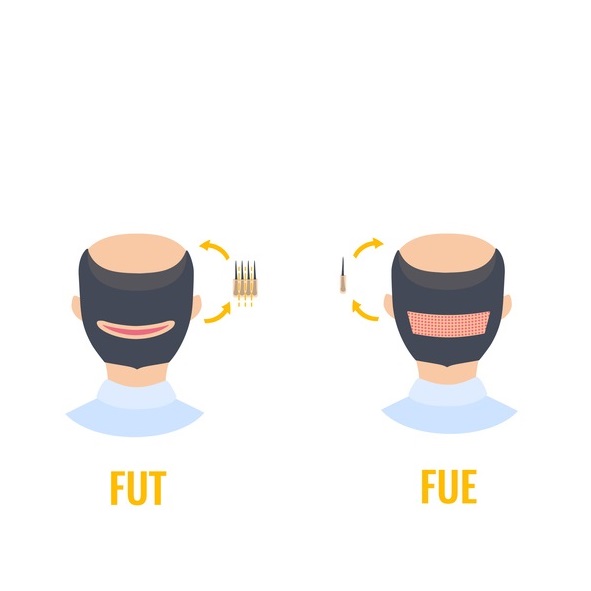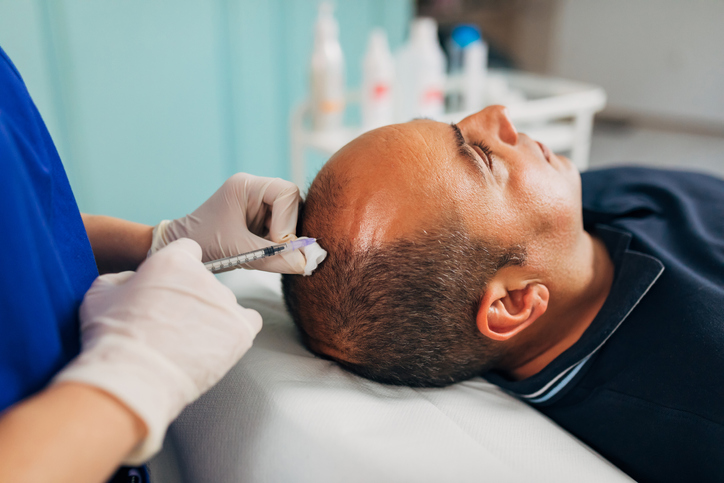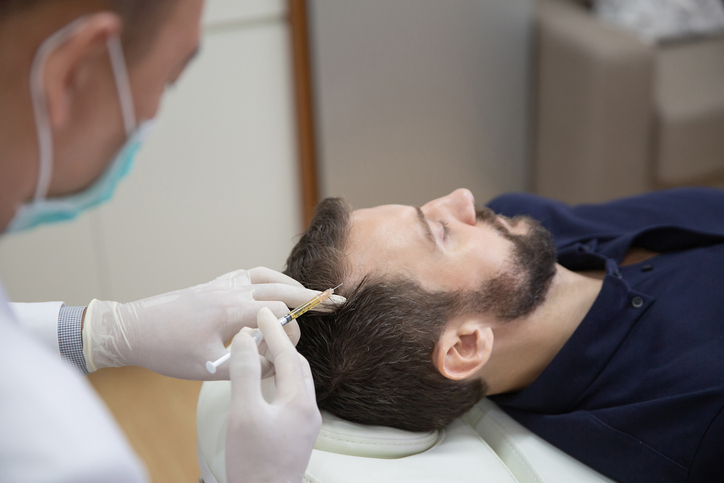Hair loss is a common concern for many people, affecting their self-confidence and overall well-being. Fortunately, advancements in medical technology have paved the way for effective solutions, one of which is Follicular Unit Extraction (FUE) hair transplant. This minimally invasive procedure has gained popularity in recent years as an efficient and natural-looking method of restoring hair. In this comprehensive guide, we will delve into the details of FUE hair transplant, exploring its benefits, process, recovery, and potential outcomes.
What is FUE Hair Transplant?
FUE hair transplant is a surgical procedure designed to address hair loss and thinning. It involves extracting individual hair follicles from a donor area, typically the back or sides of the scalp, and implanting them into the recipient area, where hair loss has occurred. Unlike traditional strip harvesting techniques, FUE does not require the removal of a large strip of scalp, making it less invasive and leaving minimal scarring.
The FUE Procedure Step by Step:
Consultation: The process begins with a consultation with a qualified hair transplant surgeon. During this initial meeting, the surgeon will assess the patient’s hair loss pattern, determine the suitability of FUE, and discuss expectations and desired outcomes.
Donor Area Preparation: On the day of the procedure, the patient’s donor area is trimmed short to facilitate the extraction of individual follicles. Local anaesthesia is administered to ensure a comfortable experience throughout the procedure.
Follicle Extraction: Using a specialized instrument such as a microneedle or punch tool, the surgeon extracts individual follicles from the donor area. The extraction process is meticulous and requires precision to avoid damaging the follicles.
Recipient Area Creation: Once the required number of follicles has been harvested, the surgeon proceeds to create tiny incisions or channels in the recipient area. These incisions are strategically placed to mimic the natural hair growth pattern and ensure a seamless, aesthetically pleasing result.
Follicle Implantation: Each extracted follicle is carefully implanted into the recipient area, ensuring proper alignment and angulation to achieve a natural appearance. This process requires skill and expertise to achieve optimal density and coverage.
Recovery and Post-Operative Care: Following the FUE hair transplant procedure, patients can expect a relatively smooth recovery period. The initial days may involve mild discomfort and swelling, which can be managed with prescribed pain medication and anti-inflammatory drugs. It is crucial to follow the post-operative care instructions provided by the surgeon, which may include the following:
- Keeping the scalp clean and dry for a specified period
- Avoiding strenuous activities and heavy exercise for a few weeks
- Sleeping in an elevated position to minimize swelling
- Limiting sun exposure and wearing a hat when outdoors
- Taking prescribed medications as directed
It is common for the transplanted hair to shed within a few weeks after the procedure. However, this is a normal part of the process, and new hair growth will begin within a few months.
Benefits and Potential Outcomes: FUE hair transplant offers several advantages compared to other hair restoration methods. Some key benefits include:
- Minimally Invasive: FUE is a minimally invasive procedure with no requirement for a large incision or stitches. This reduces the risk of complications and ensures a quicker recovery.
- Natural Results: The meticulous extraction and implantation of individual follicles allow for precise placement, mimicking the natural hair growth pattern. This results in a more natural-looking outcome.
- Scar Visibility: FUE leaves tiny, dot-like scars in the donor area, which are generally less visible than the linear scars associated with traditional strip harvesting methods. These scars can often be concealed by surrounding hair.
- Versatility: FUE can be suitable for individuals with varying degrees of hair loss, including those with limited donor hair availability. It can also be used for facial hair transplantation, such as beard or eyebrow restoration.
While the success of FUE hair transplant depends on various factors, including the patient’s hair characteristics and the surgeon’s skill, the majority of patients experience significant hair growth and improvement in their appearance. It is important to have realistic expectations and understand that the final results may take several months to fully manifest.
Conclusion:
FUE hair transplant has revolutionized the field of hair restoration, providing an effective and minimally invasive solution for individuals experiencing hair loss. With its natural-looking results and relatively straightforward recovery, this procedure has gained popularity among those seeking to regain their confidence and restore a fuller head of hair. If you are considering a hair transplant, consult with a qualified hair transplant surgeon to determine if FUE is the right option for you. Remember, each individual’s case is unique, and a personalized approach is crucial to achieving the best possible outcomes in hair restoration.





